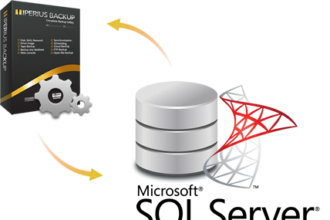It is demanding to know where to begin once zoućve decided that, yes, you wish to dive into the fascinating world of data and AI. Just having a look at all the technologies you need to understand all the tools you’re supposed to master is enough to make you confused.
Well, luckily for you, creating your first data project is actually not difficult as it seems. Becoming data-powered is first and most foremost about having to learn the basic steps and following them to go from raw data to create a machine learning model, and in the end to operationalization.
Let’s jump into the following steps that will help you in successfully delivering a data science project.
1. Understanding the business
Having an understanding of the business or activity that your data project is part of is one of the major keys to ensuring its success. To motivate different participants necessary to get your project from design to creation, your project must be the answer to a clear organizational need or problem. So before you even think about the data, venture out and talk to the people in your organization whose processes you aim to improve with data.
Afterward, sit down and define a timeline and concrete key performance indicators.
2. Gather your data
Once you’ve figured your goal out, it’s time to start looking for your crucial data. Mixing and merging data from as many sources as possible is what defines a great project, so reach out as far as possible.
Here are a few ways to gather some data:
- Connect to a database: Ask your data and IT teams for the data that’s openly available, or create your private database up, and start digging through it to understand what information your company has been collecting.
- Use APIs: Think of the APIs to all the tools your company’s been using, and the raw data these guys have been gathering. You have to work on getting these all set up so you can use those email stats, the info your sales team put in Pipedrive or similar Salesforce, the support ticked somebody filled, etc. If you’re not an expert coder, plugins in DSS can give you lots of options to bring in your external data.
3. Explore and clean your data
Once you’ve gathered your data, it’s time to get to work on it. Start digging to see what you’ve got and how you can merge everything together to answer your original goal. Start writing notes on your first analyses, and ask questions to business and people, or the IT guys, to understand what these variables mean.
4. Enrich your dataset
Now that you’ve got somewhat clean data, it’s time to manipulate it in order to get the most value of it. You should begin by joining all your different sources and group logs to specify your data down to essential features.
An example of that is to enrich your data by creating a time-based feature like:
- Extracting time and date components
- Calculating variations between date columns
- Flagging holidays of national matter
5. Get predictive
This is when the actual fun starts. Machine learning algorithms can help you go a step further into acquiring insights and predicting trends of the future. Also using a data science platform is one of the easiest methods in automating your machine learning pipeline.
By working with clustering algorithms, you’re able to create models to uncover trends in the data that were not easily seen in graphs and stats. These create groups of similar events, also known as clusters, and more or less explicitly express which feature is decisive in these results.
In conclusion
In order to successfully finish your first data project, you need to be aware that your model will never be fully “finished” – for it to remain useful and accurate, you need to constantly reevaluate, retrain it and create new features.
A data scientists’ job is never actually done, but that’s what makes working with data all the more interesting!









